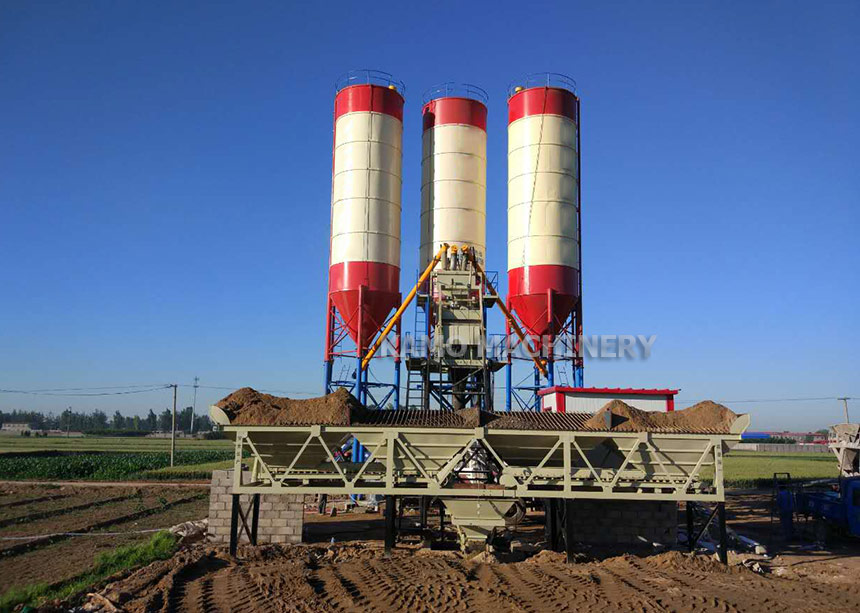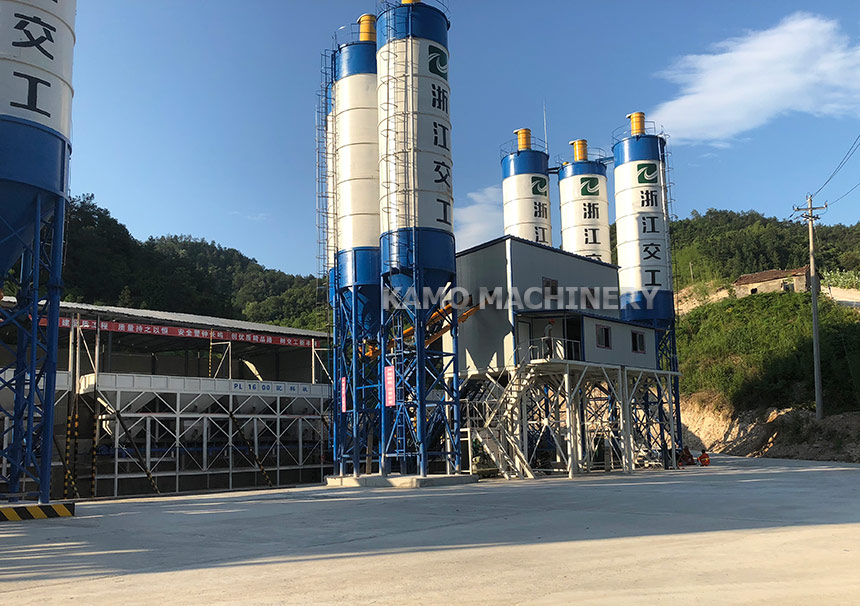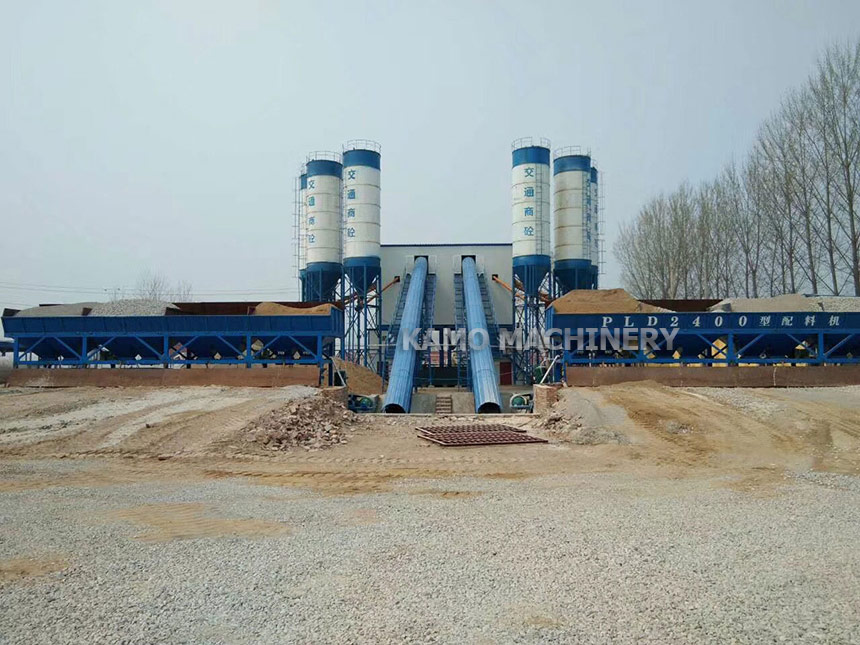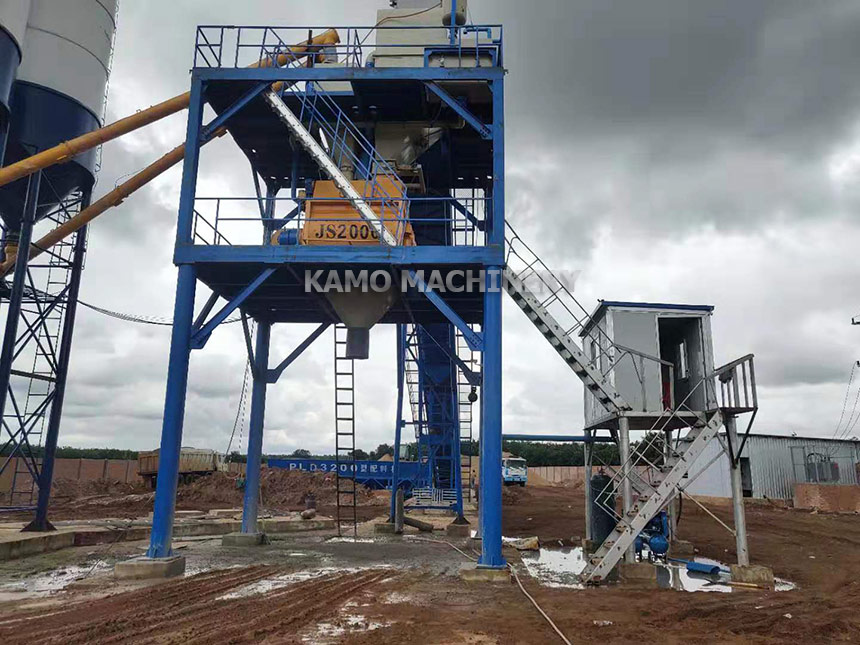With the vigorous development of urbanization and infrastructure construction, the demand for concrete is increasing, coupled with the global emphasis on environmental protection, concrete mixing plants are also constantly being upgraded. As a user, many engineering enterprise projects will go to the concrete batching plant to purchase. In the past, the concrete required for construction on the construction site was directly mixed and used on site. Now, the concrete batching plant has replaced the construction site workers to directly mix the concrete on site. Instead, the raw materials must be transported to the batching plant, and then transported back to the construction site after uniform mixing, which is time-consuming and labor-intensive.

The first is to ensure the health of workers and environmental protection issues. The construction site of the early construction site can be said to be a flying field of dust, because the concrete raw material is fly ash, which is scattered in the wind while stirring. On the one hand, air pollution is very serious; The construction site is full of mud, water, and ash. If one shovels down dozens of pounds, it is very tiring to live in mud for a day. There are not many workers who want to do this work.

Secondly, the quality of concrete is related to the quality of the whole building. After the concrete is mixed, special quality inspectors will come to check the quality, so as to ensure the quality of the building. However, manual mixing is often not as accurate as the machine. From this point of view, the mixing ratio of the mixing station is more standardized. On-site mixing is basically based on feeling, which will cause the quality of concrete to deviate from time to time. However, the mixing station has professional laboratory personnel and accurate measuring instruments, which can mix various concretes according to the needs, and the quality control is also very strict, so manual mixing is gradually eliminated.

Finally, the mixing station is more time-saving and labor-saving than on-site mixing, and also saves the space of the construction site. Because the raw materials for making concrete, such as sand and stones, need to be stored at the construction site, but with the centralized storage of the mixing station, the space can be greatly saved.

Concrete batching plants have the characteristics of high degree of automation, simple operation and high productivity. They are widely used in large and medium-sized water conservancy, bridges, electric power and other projects with large volume, long construction period and concentrated construction sites. So, how does a concrete batching plant make concrete?

The concrete batching plant is mainly divided into four parts, namely sand and gravel feeding, powder feeding, water and admixture feeding, transmission mixing and storage. The powder here refers to cement, fly ash and expansion agent. When the mixer is powered on, the system will perform initialization processing, and test each silo and weighing bucket according to the load. Then open the valves of fly ash and cement, start the screw motor to transport fly ash and cement to the measuring hopper, open the control valve of the water tank and the admixture pool, so that the water and the admixture flow into the measuring hopper, and again after setting the requirements Open the metering bucket door and let the ingredients enter the mixer for mixing. At this time, it is only necessary to open the mixer door at the set time and let the concrete enter the mixer.

In recent years, notices of prohibiting on-site mixing of concrete have appeared in many urban areas, which not only protects the health of workers, but also ensures the quality of buildings. Concrete batching plants have replaced site workers to directly mix concrete on site.